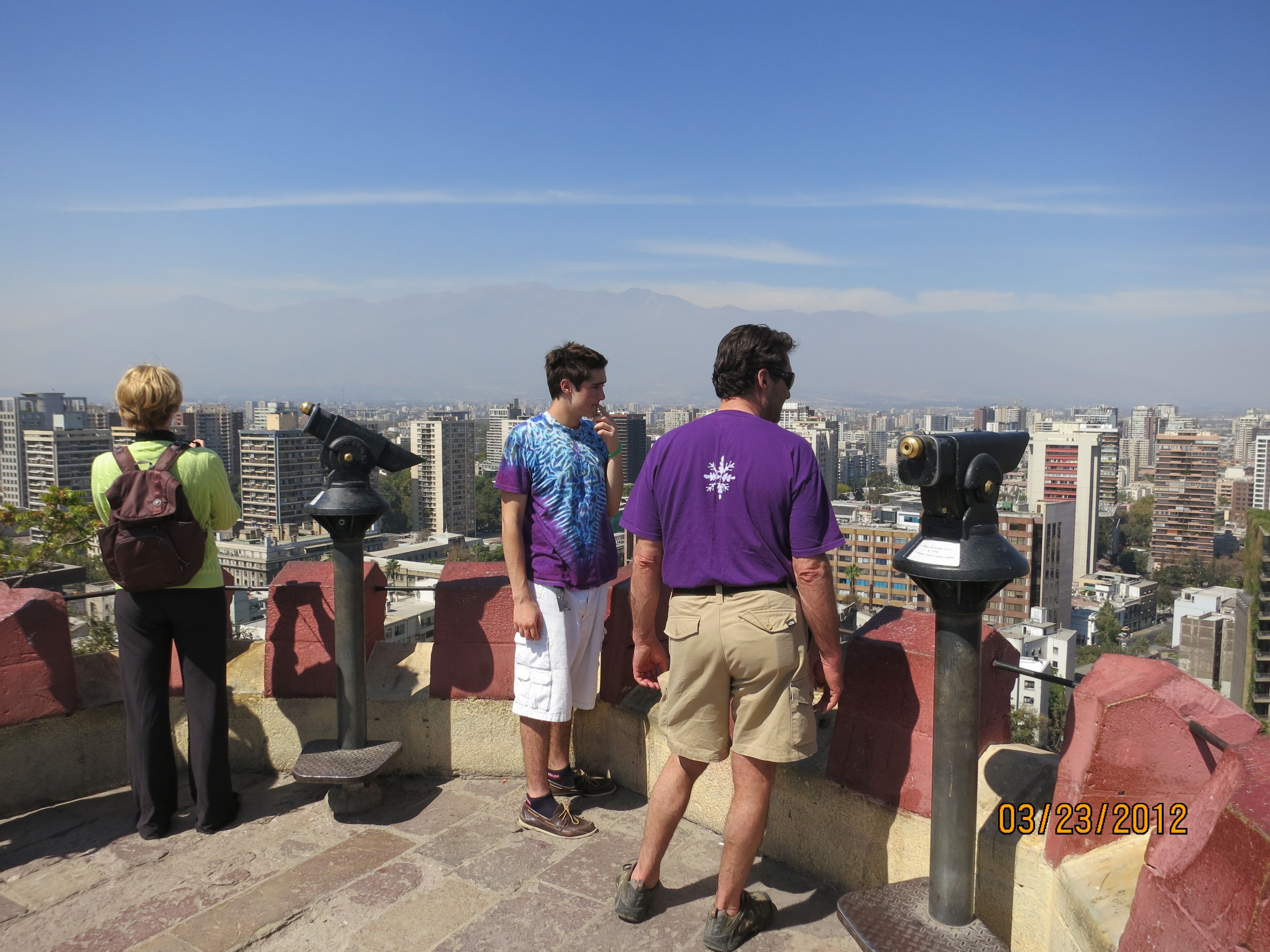
24 Mar TELLURIDE INSIDE… AND OUT : DISPATCHES FROM CHILE, 3/23/2012
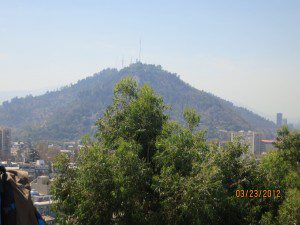 Throw darts at a map of Santiago and you will find great things to see and do. Or you can hedge your bets.
Throw darts at a map of Santiago and you will find great things to see and do. Or you can hedge your bets.
With only a few days to explore the city, we turned to our Man On The Scene, Brian Pearson of Santiago Adventures. On his bucket list for the for this South American metropolis with a distinctly European feel: Head uptown to the Fashion Museum in Vitacura, a stop that combines well with shopping in galleries on Alonso de Cordoba.
Or….
Travel downtown to the Cultural Center Presidential Palace.
Don’t miss the Museo Chileno de Arte Precolumbian, one of the best collections of the art and artifacts of the cultures that formed and continue to inform the region. Or the Museo de Bellas Artes in the Parque Forestal, a voluptuous 19th-century landmark with an Art Deco glass roof, and the Museo de Arte Contemporáneo, its neighbor. The contemporary museum contains substantial holding of modern art, including works by Nemesio Antúnez and Roberto Matta (a mural of this Surrealistartist adorns the facade of MAVI), as well as foreign artists such as Hundertwasser.
There’s also lots to do in Bellavista, including a hike up (or cable car if you are feeling less ambitious) to the top of St. Christopher’s Hill (Cerro San Cristobal) within Parque Metropolitano and La Chascona, a house designed by Nobel Laurete and favorite poet Pablo Neruda for his first wife, a woman with a head full of unruly chestnut curls.(Hence the name).
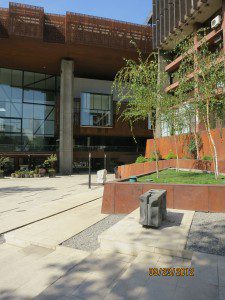 Been there, done both, so our quartet (we are hanging out here with Damon and Sam Demas) opted for Barrio Lastarria in the heart of the capital, just a few metro stops from Pedro Valdivia in Providencia, home base, to Santa Lucia.
Been there, done both, so our quartet (we are hanging out here with Damon and Sam Demas) opted for Barrio Lastarria in the heart of the capital, just a few metro stops from Pedro Valdivia in Providencia, home base, to Santa Lucia.
In the face of development, very few districts in Chile have managed to retain their old world personality. Not so Lastarria, a chesty victory for less is more. Our first stop was the district’s Centro Gabriela Mistral (Gabriela Mistral Center).
Also known as GAM, this complex of galleries and shops was reincarnated in 2010, a phoenix raised, per legend, from its own ashes. Literally.
The original GAM was built in 1971. After the Pinochet coup in 1973, GAM was renamed the Diego Portales Building and became the seat of the Governing Board. During the 1990s, the place housed various administrative functions until a fire in 2006 destroyed most of the structure – and nearly all the unpleasant and lackluster associations. GAM today houses avant-garde art by international artists, including the work of photographer Koen Wessing, now on display.
The show, “Imagenes Indelebles,” (Indelible Images), includes photographs Wessing shot here in 1973 after the coup. Wrenching images from Nicaragua in 1978 and El Salvador in 1980 add up to a sampler of repression and terror.
The story behind Wessing’s story (as told to us by our press attaché) is a study in artistic integrity and courage.
Wessing, a Dutchman, a long-haired hippy type, knew he had to become a cellophane man to be able to take the pictures he was after, so he cut his hair and became a prosperous suit, camera hidden from view. He then smuggled the negatives of his damning black-and-white photos out of the country via a flight attendant friend, who transported them to Holland for publication.
The current exhibition is a remix of the original exhibition mounted in March 2011, GAM’s most popular show ever, attended by over 27,000 people.
Adjacent to GAM is Lastarria’s historic district, where we explored a spicy bouillabaisse of cafes, restaurants, shops, church, swanky boutiques, sex shops, etc. until stumbling across our next stop: The Museum of Visual Arts in the Plaza Multato Gil de Castro.
At MAVI we saw two great shows: Monica Bengoa’s grand and compelling reflections of insects and flowers of the forest, painstakingly “painted” in pieces cut out from felt. Art and artifacts dating from 1,000 years ago from the Museo Arqueologico de Santiago (currently closed) book-ended a visit that looked forward and back in time.
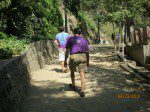
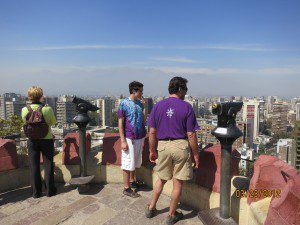 We lunched at Emporio la Rosa, a popular watering hole known for making some of the best ice cream in Chile, hiking it off on the Cerro (hill) Santa Lucia, a “vertical labyrinth,” according to one city savant, of hanging gardens and ruins left over from a Spanish fortification, one of Santiago’s most memorable landmarks, its origins reaching back in time to 1541, when Don Pedro de Valdivia first reached the valley. Santa Lucia, with its narrow paths, Tivoli-like fountains, and verdant hideaways tailor-made for lovers, is a great way to get away from it all by rising above it.
We lunched at Emporio la Rosa, a popular watering hole known for making some of the best ice cream in Chile, hiking it off on the Cerro (hill) Santa Lucia, a “vertical labyrinth,” according to one city savant, of hanging gardens and ruins left over from a Spanish fortification, one of Santiago’s most memorable landmarks, its origins reaching back in time to 1541, when Don Pedro de Valdivia first reached the valley. Santa Lucia, with its narrow paths, Tivoli-like fountains, and verdant hideaways tailor-made for lovers, is a great way to get away from it all by rising above it.


Sam Demas
Posted at 16:26h, 24 MarchAwesome post Susan and Clint, look forward to staying up till three in the morning again with you guys.